Home>Gardening & Outdoor>Landscaping Ideas>How Short To Cut Grass The First Time In Spring


Landscaping Ideas
How Short To Cut Grass The First Time In Spring
Modified: March 27, 2024
Discover expert landscaping ideas for cutting grass the first time in spring. Learn how short to cut your grass for a healthy and vibrant lawn.
(Many of the links in this article redirect to a specific reviewed product. Your purchase of these products through affiliate links helps to generate commission for Storables.com, at no extra cost. Learn more)
Introduction
Introduction
Welcome to the exciting world of spring lawn care! As the vibrant colors of spring emerge, it’s the perfect time to rejuvenate your lawn and set the stage for a season of lush, green beauty. One of the most crucial aspects of spring lawn care is determining the ideal grass cutting height for the first mow of the season. This initial cut sets the foundation for healthy growth and a visually appealing lawn throughout the spring and summer months.
Understanding the optimal grass cutting height for the first mow in spring is essential for promoting strong root development, preventing weed growth, and maintaining overall lawn health. By taking into account various factors such as grass type, current condition of the lawn, and seasonal weather patterns, you can make informed decisions that will benefit the long-term well-being of your lawn.
In this comprehensive guide, we’ll delve into the factors to consider when determining the ideal cutting height for your grass, explore the recommended heights for different grass types, discuss the equipment and techniques needed for a successful first mow, and provide valuable tips for nurturing a healthy and vibrant lawn. Whether you’re a seasoned lawn care enthusiast or a newcomer to the world of spring landscaping, this guide will equip you with the knowledge and insights to achieve a thriving and visually stunning lawn.
Factors to Consider
Key Takeaways:
- The first mow of spring sets the stage for a healthy, vibrant lawn. Consider grass type, lawn condition, and weather when determining the ideal cutting height.
- Adhering to recommended cutting heights, using proper equipment and techniques, and incorporating valuable tips can lead to a lush, resilient lawn.
Read more: When To First Cut My Grass In The Spring
Factors to Consider
When deciding on the appropriate cutting height for the first mow of the spring season, several key factors should be taken into consideration to ensure the health and vitality of your lawn.
- Grass Type: Different grass species have varying ideal cutting heights. Warm-season grasses such as Bermuda grass and Zoysia grass thrive at lower cutting heights, while cool-season grasses like Kentucky bluegrass and fescue prefer slightly taller cuts. Understanding the specific requirements of your grass type is crucial in determining the optimal cutting height.
- Lawn Condition: Assess the current state of your lawn. If it has experienced excessive thatch buildup or is recovering from winter damage, a gradual reduction in cutting height may be necessary to avoid stressing the grass. Additionally, if the lawn is prone to scalping (uneven cutting resulting in bare patches), adjustments to the cutting height may be needed.
- Weather Patterns: Consider the prevailing weather conditions in your region. If the spring season brings unpredictable temperature fluctuations or extended periods of drought, adjusting the cutting height can help the grass cope with these challenges and maintain its resilience.
- Growth Rate: Understanding the growth rate of your grass is essential. Rapidly growing grass may require more frequent mowing at slightly higher cutting heights to prevent shock and maintain overall health.
- Root Development: The cutting height directly impacts the development of the grass roots. Allowing the grass to grow slightly taller initially can promote stronger root systems, enhancing the lawn’s ability to withstand stress and environmental pressures.
By carefully considering these factors, you can tailor your approach to the first spring mow, setting the stage for a resilient and vibrant lawn that thrives throughout the season.
Recommended Cutting Height
Recommended Cutting Height
The ideal cutting height for your grass can significantly impact its overall health and appearance. By adhering to the recommended cutting heights for different grass types, you can promote strong root development, reduce weed growth, and achieve a well-manicured lawn.
For warm-season grasses such as Bermuda grass and Zoysia grass, the recommended cutting height for the first mow of the spring season is between 0.5 to 1 inch (1.3 to 2.5 cm). These grasses thrive when kept relatively short, allowing for a dense and uniform appearance. However, it’s important to avoid cutting more than one-third of the grass blade’s length at a time to prevent shock and stress to the lawn.
Cool-season grasses, including Kentucky bluegrass and fescue, benefit from slightly taller cutting heights. For the initial spring mow, aim for a cutting height of 2 to 3 inches (5 to 7.6 cm) to encourage robust growth and maintain resilience in the face of fluctuating spring weather.
It’s essential to adjust the cutting height gradually, especially if the lawn has experienced winter damage or thatch buildup. Gradual reductions in cutting height over subsequent mowing sessions can help the grass acclimate to shorter lengths without causing undue stress.
By adhering to the recommended cutting heights for your specific grass type, you can lay the groundwork for a healthy and visually appealing lawn that thrives throughout the spring and beyond.
Equipment and Techniques
It’s best to cut your grass to a height of about 2-3 inches the first time in spring. Cutting it too short can stress the grass and make it more susceptible to weeds and disease.
Equipment and Techniques
Equipping yourself with the right tools and employing effective mowing techniques are essential for achieving a successful first mow in the spring. By utilizing the appropriate equipment and implementing best practices, you can ensure an even and precise cut while promoting the health and vibrancy of your lawn.
Equipment: Utilizing a high-quality lawn mower with sharp blades is crucial for achieving a clean and precise cut. Before the first mow of the season, ensure that the mower blades are sharpened to prevent tearing or damaging the grass blades. Additionally, consider the use of a grass catcher to collect clippings, especially if the grass has grown excessively long since the last mowing session.
Techniques: When mowing for the first time in spring, it’s advisable to set the mower deck at the highest recommended cutting height for your grass type. This initial higher cut helps the grass recover from winter dormancy and stimulates healthy growth. Subsequent mowing sessions can gradually lower the cutting height to the desired level for your specific grass type.
Employing a patterned mowing technique, such as alternating the direction of each mow, can help prevent soil compaction and ensure an even distribution of wear on the lawn. Additionally, mowing in the cooler hours of the day, such as the morning or late afternoon, can minimize stress on the grass and reduce the risk of moisture loss.
After mowing, it’s beneficial to leave the grass clippings on the lawn if they are of a manageable length. This practice, known as grasscycling, allows the clippings to decompose and return valuable nutrients to the soil, promoting a healthier and more resilient lawn.
By utilizing the appropriate equipment, implementing effective mowing techniques, and adhering to the recommended cutting heights, you can set the stage for a successful first mow in the spring, fostering a lush and vibrant lawn that enhances the beauty of your outdoor space.
Tips for a Healthy Lawn
Tips for a Healthy Lawn
Ensuring the long-term health and vitality of your lawn involves more than just determining the right cutting height for the first mow of the spring season. By incorporating these valuable tips into your lawn care routine, you can promote robust growth, minimize stress on the grass, and cultivate a lush and resilient lawn that thrives throughout the spring and beyond.
- Regular Maintenance: Establish a consistent mowing schedule to prevent the grass from becoming excessively long between mowing sessions. Avoid removing more than one-third of the grass blade’s length at a time to minimize stress and maintain overall health.
- Proper Watering: Ensure that your lawn receives adequate and consistent watering, especially during periods of dry or hot weather. Deep, infrequent watering promotes strong root development and helps the grass withstand environmental stressors.
- Core Aeration: Consider aerating your lawn to alleviate soil compaction and promote better air, water, and nutrient penetration into the root zone. Core aeration can enhance the overall health and resilience of the grass, leading to a more vibrant and robust lawn.
- Fertilization: Implement a fertilization schedule tailored to your grass type and regional climate. Proper fertilization provides essential nutrients that support healthy growth and contribute to a lush, green lawn.
- Weed Control: Stay vigilant against weed growth and implement effective weed control measures to prevent invasive plants from competing with the grass for essential resources. Regular weeding and targeted treatments can help maintain the integrity of your lawn.
- Overseed Bare Patches: If your lawn exhibits bare or thinning areas, overseeding can help fill in these spaces and promote a denser, more uniform lawn. Choose a high-quality grass seed that aligns with your existing grass type for optimal results.
- Monitor Lawn Health: Keep a close eye on the overall health of your lawn, addressing any signs of stress, disease, or pest infestations promptly. Early intervention can prevent issues from escalating and safeguard the long-term well-being of your lawn.
By integrating these tips into your lawn care regimen, you can nurture a healthy, vibrant, and visually stunning lawn that enhances the beauty of your outdoor environment and provides a welcoming space for relaxation and enjoyment.
Conclusion
Read more: How Short To Cut Grass
Conclusion
As you embark on the journey of spring lawn care, the first mow of the season holds significant importance in shaping the health and appearance of your lawn. By carefully considering factors such as grass type, lawn condition, and weather patterns, you can determine the optimal cutting height that sets the stage for a resilient and visually appealing lawn.
Adhering to the recommended cutting heights for different grass types, utilizing the appropriate equipment and mowing techniques, and incorporating valuable tips for maintaining a healthy lawn can contribute to the long-term vitality of your outdoor space. From promoting strong root development to minimizing weed growth and fostering robust growth, the decisions made during the first spring mow can have a lasting impact on the overall health and beauty of your lawn.
By nurturing a healthy and vibrant lawn, you create a welcoming outdoor environment that enhances the beauty of your property and provides a space for relaxation, recreation, and connection with nature. The efforts invested in spring lawn care pave the way for a season of lush greenery, vibrant colors, and the joy of a well-maintained outdoor oasis.
As you embark on this journey, remember that the care and attention you provide to your lawn yield rewards that extend far beyond the visual appeal. A healthy lawn contributes to the well-being of the environment, provides habitat for beneficial insects and wildlife, and offers a sense of pride and satisfaction in cultivating a space of natural beauty.
Embrace the opportunity to nurture your lawn with care and consideration, and savor the transformation of your outdoor space into a vibrant and thriving haven. With each mow, each watering, and each moment spent tending to your lawn, you play a vital role in creating a landscape that enriches your life and the world around you.
Frequently Asked Questions about How Short To Cut Grass The First Time In Spring
Was this page helpful?
At Storables.com, we guarantee accurate and reliable information. Our content, validated by Expert Board Contributors, is crafted following stringent Editorial Policies. We're committed to providing you with well-researched, expert-backed insights for all your informational needs.
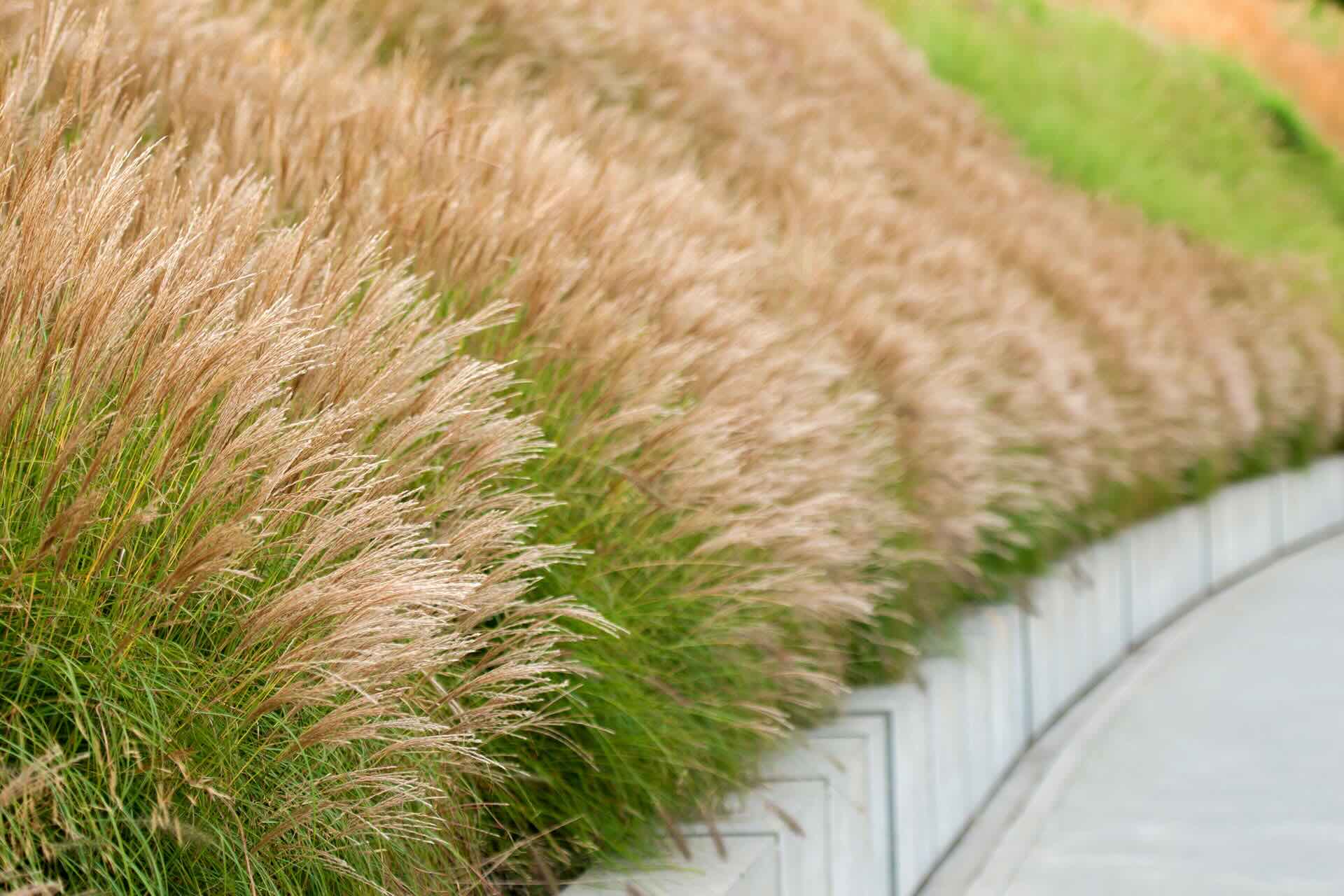
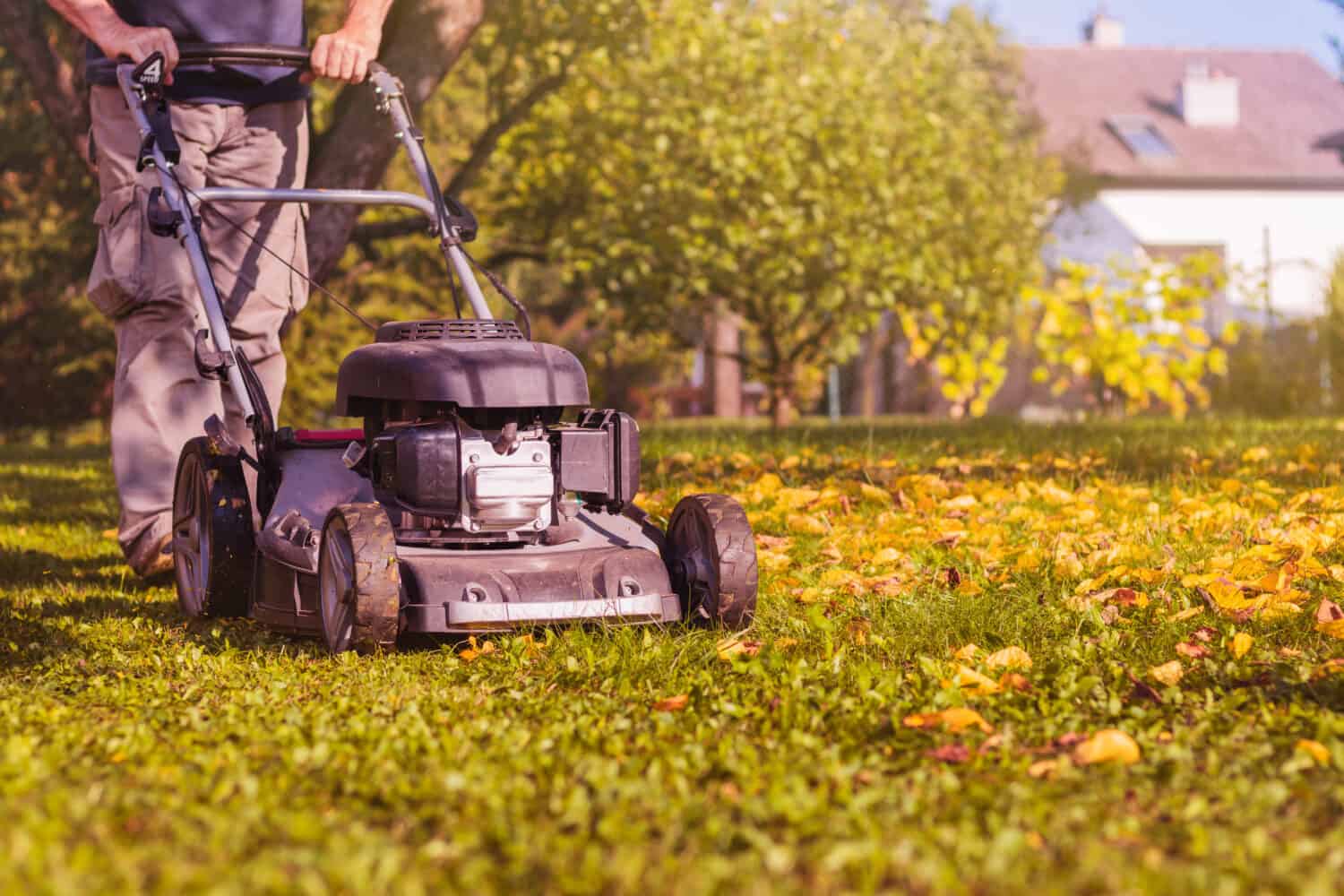
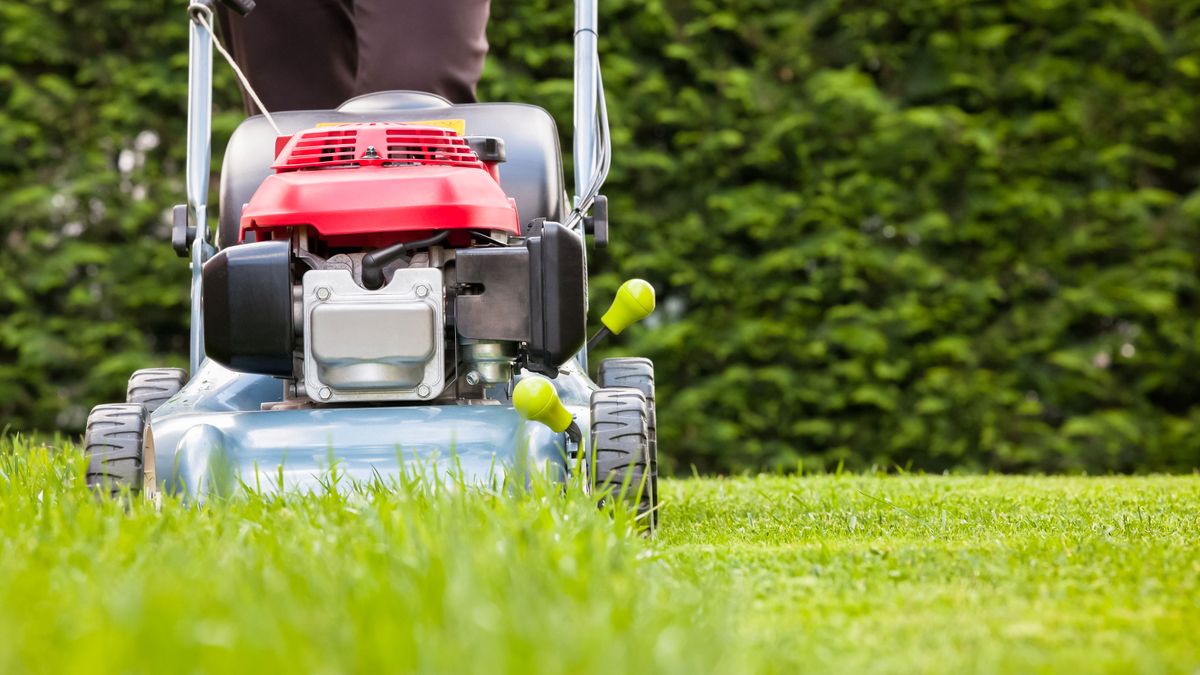
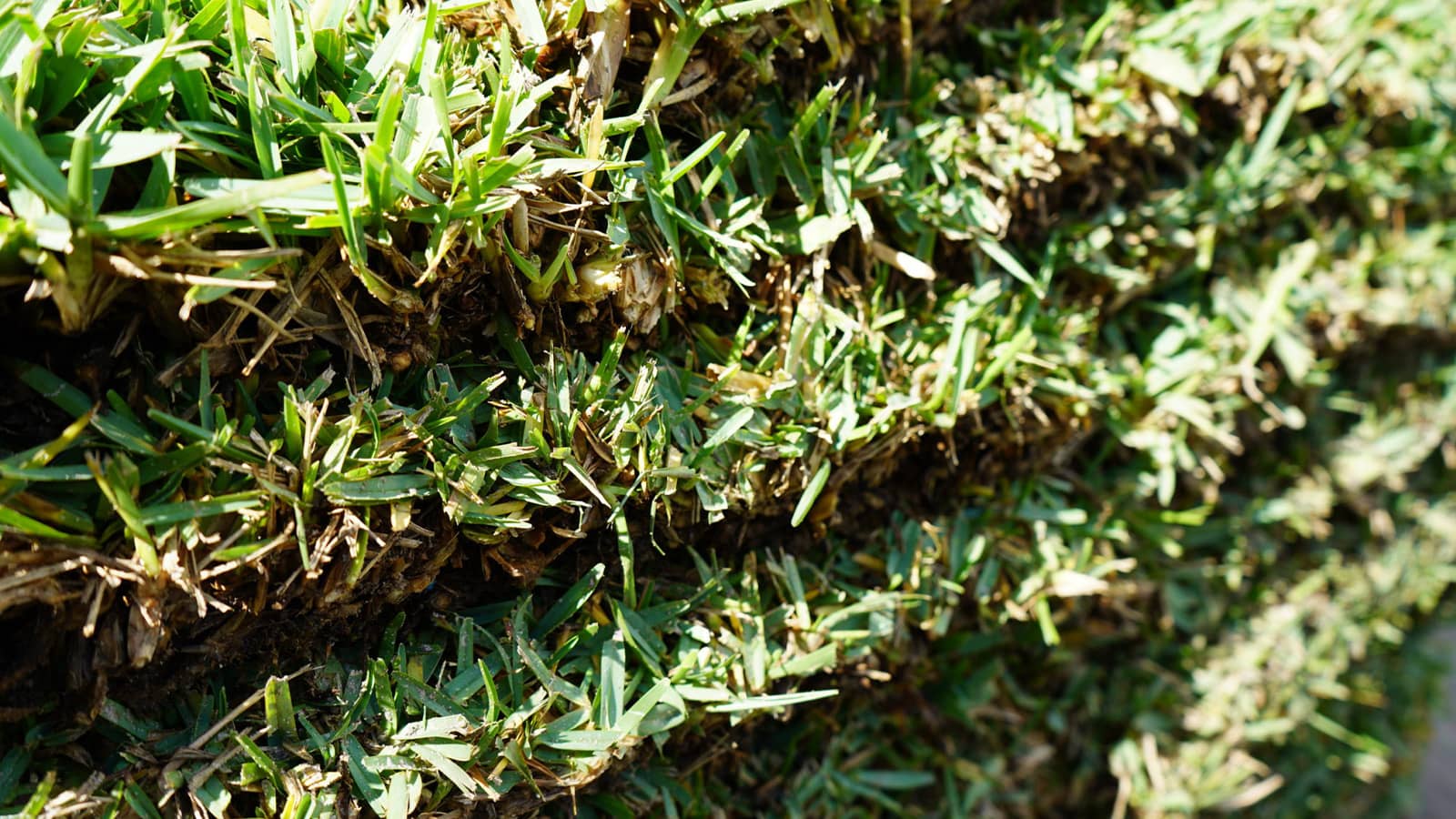
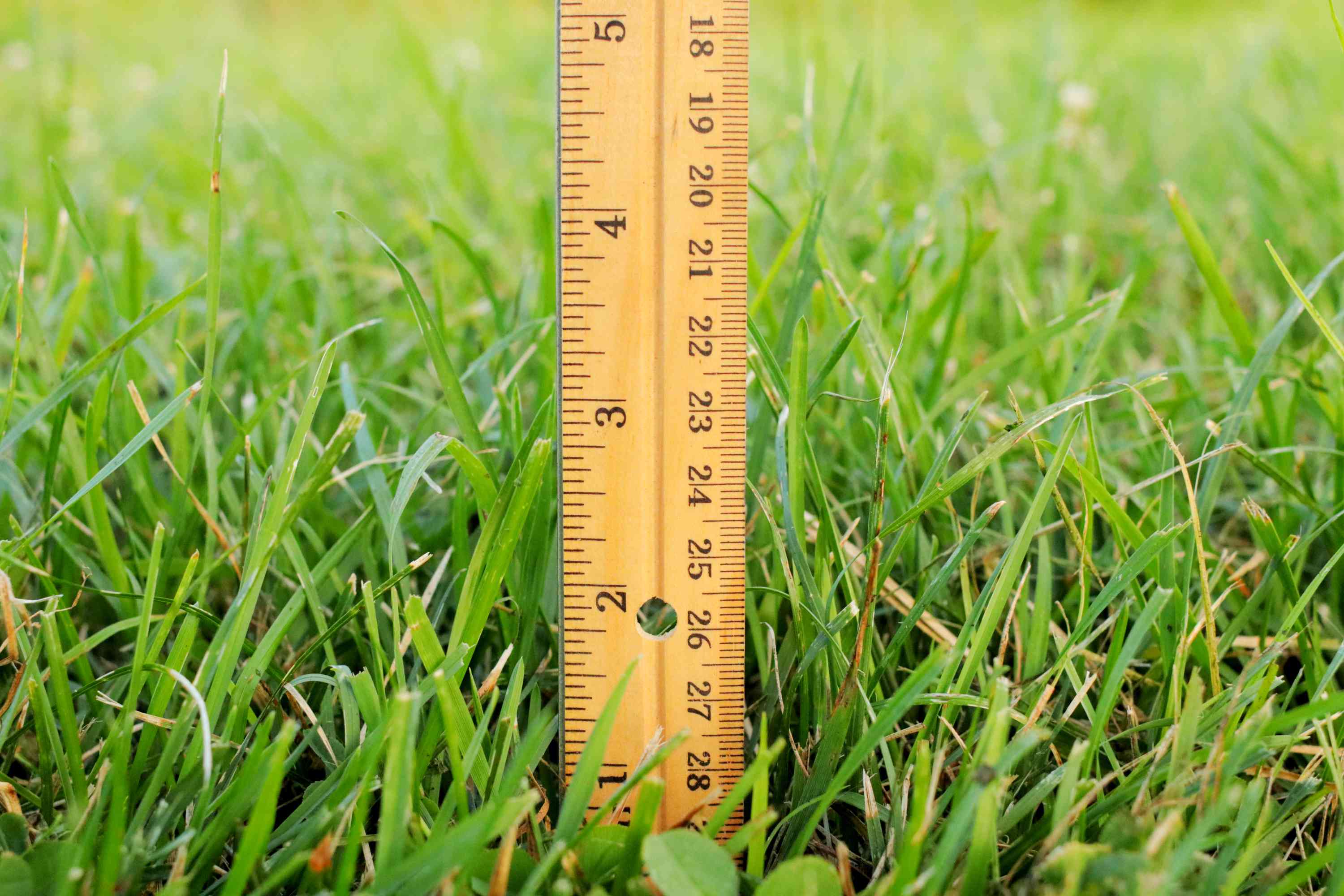
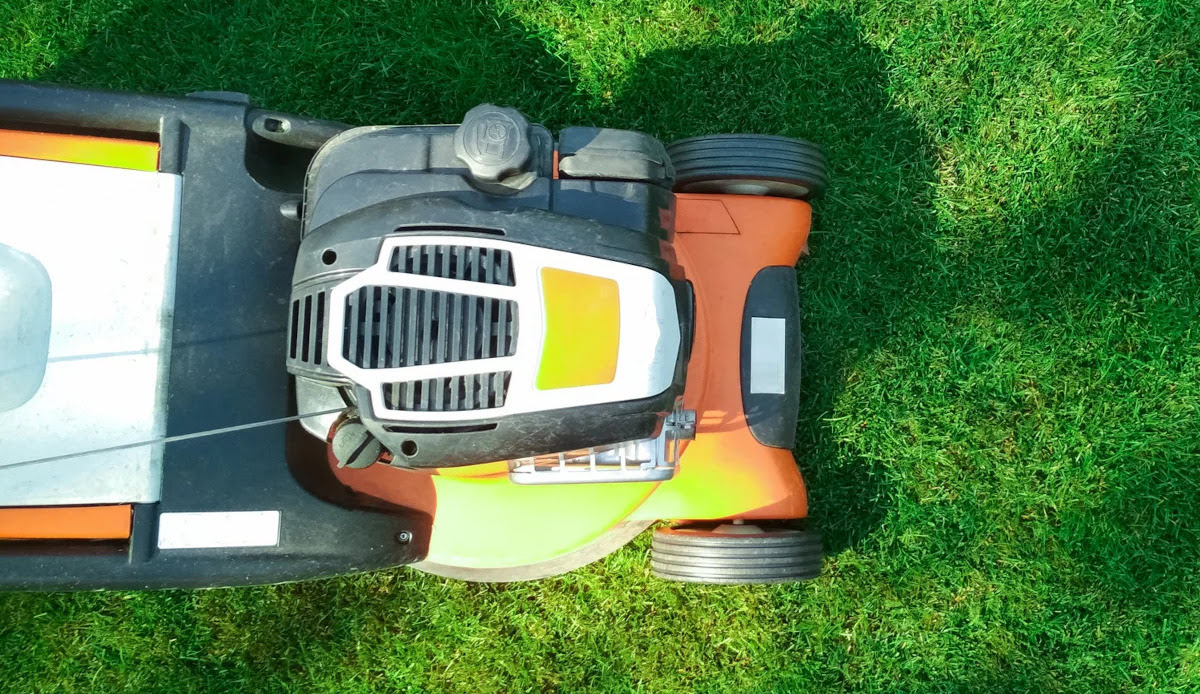
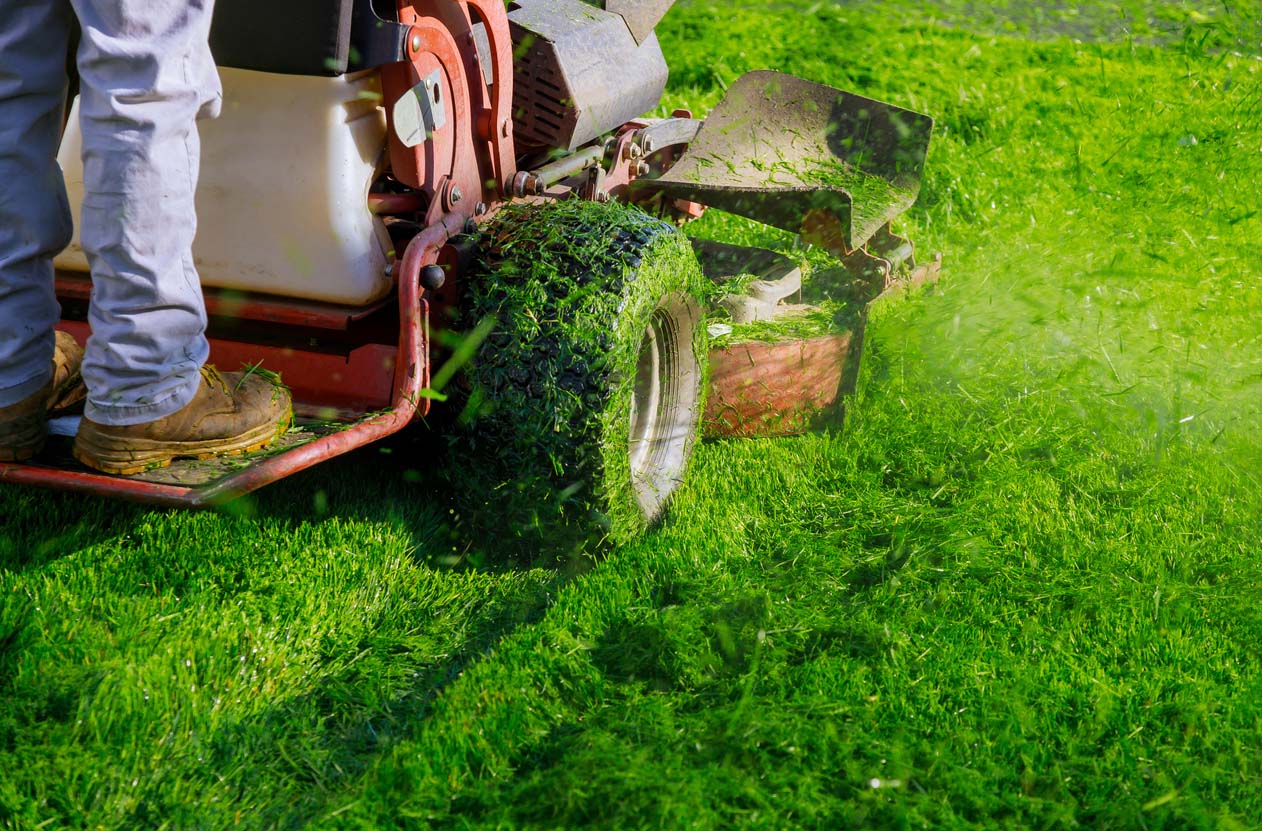


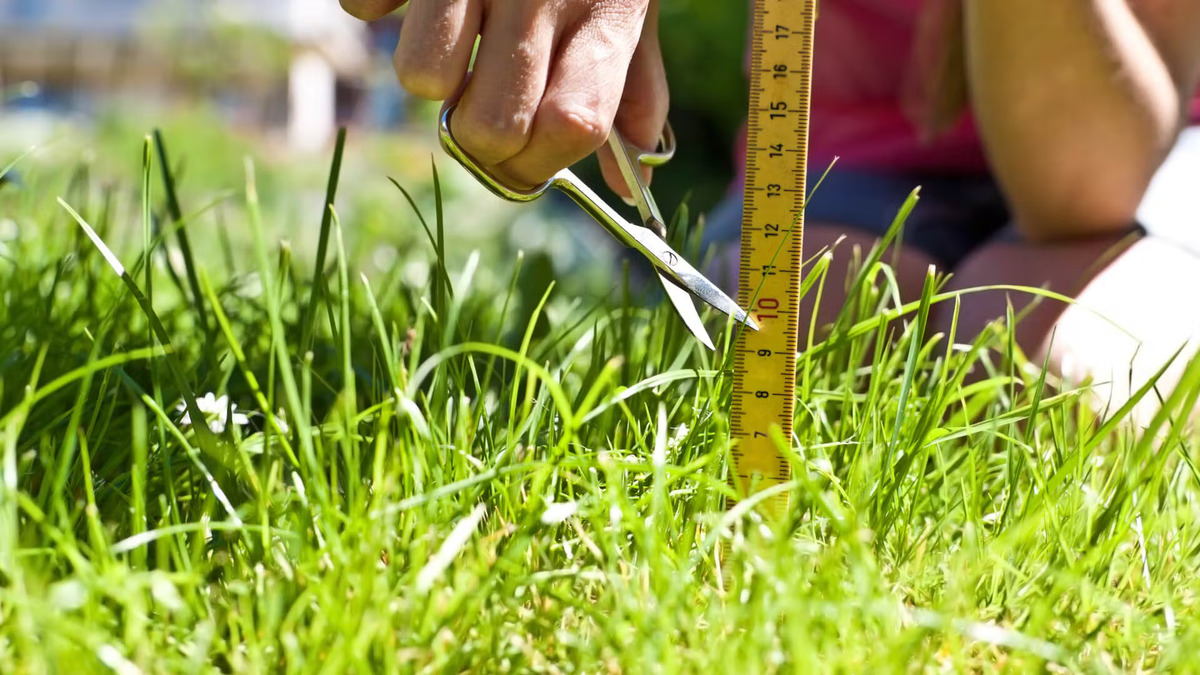
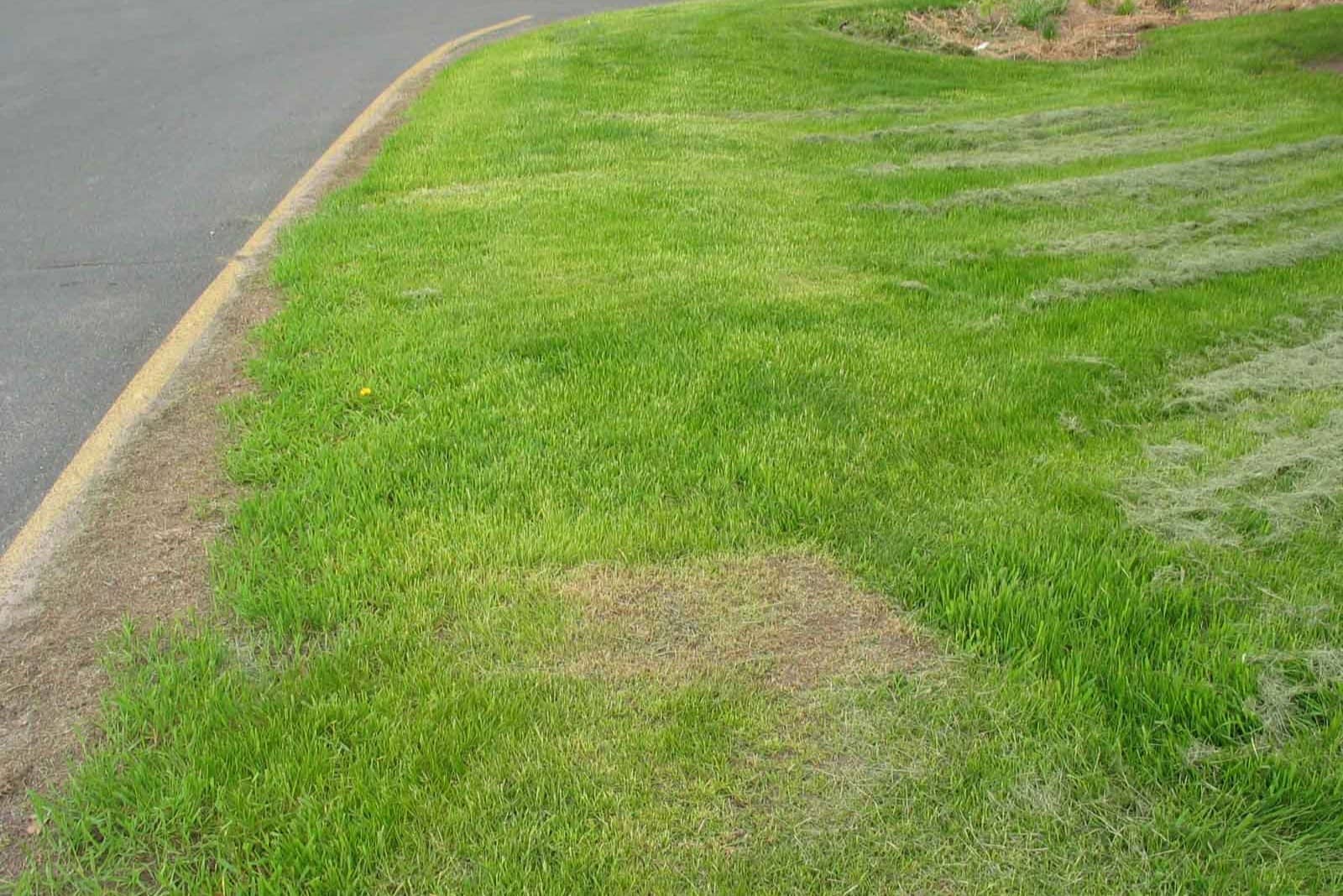




0 thoughts on “How Short To Cut Grass The First Time In Spring”